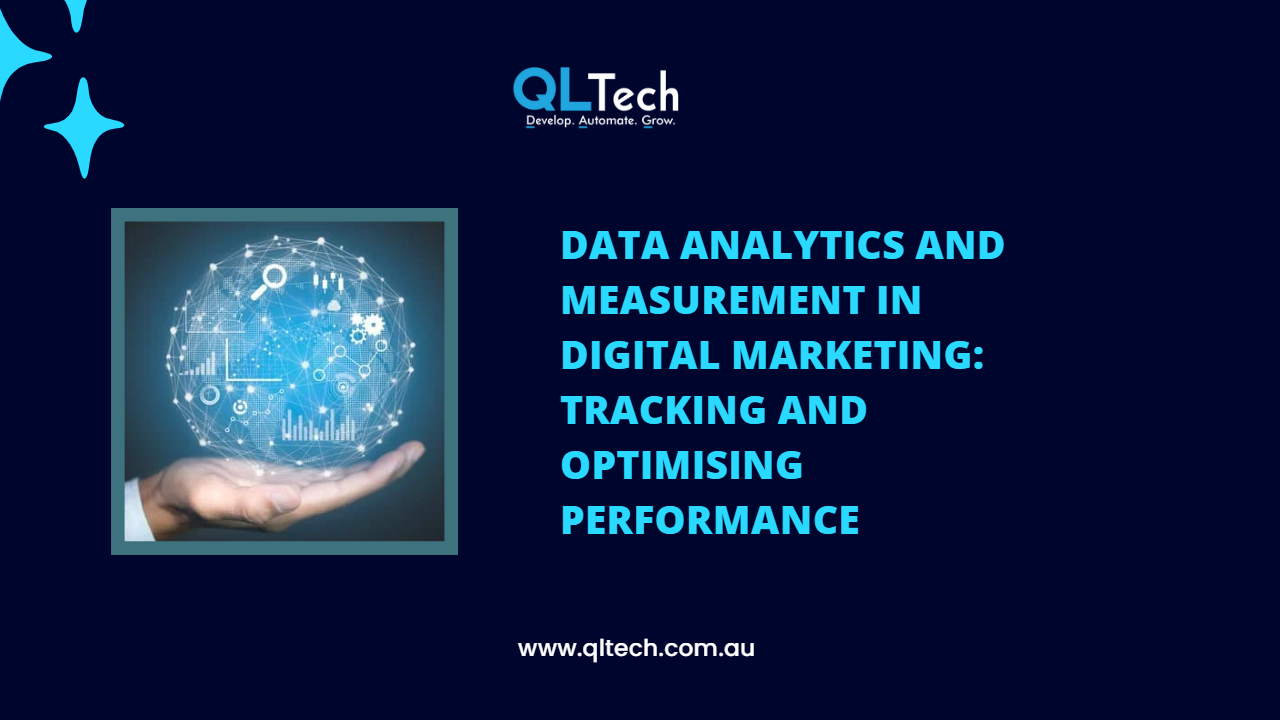In the digital age, where consumers are bombarded with a constant stream of advertisements and branded content, user-generated content (UGC) has emerged as a powerful tool in brand marketing. UGC, which includes any form of content created by users rather than brands, has proven to be more authentic, engaging, and trustworthy. This article explores the growing importance of UGC in brand marketing and how it can significantly enhance your marketing strategy.

What is User-Generated Content (UGC)?
User-generated content encompasses various forms of media created by consumers and shared on social platforms, including photos, videos, reviews, testimonials, and blog posts. Unlike traditional marketing content produced by brands, UGC is created organically by individuals, often driven by genuine experiences and opinions.
The Benefits of UGC in Brand Marketing
- Authenticity and Trust
- Consumers are increasingly skeptical of traditional advertising. UGC offers authenticity, as it reflects real customer experiences. This authenticity builds trust, making potential customers more likely to believe in and engage with your brand.
- Enhanced Engagement
- UGC encourages active participation from your audience. By sharing their content, consumers feel more connected to your brand, fostering a sense of community and loyalty. This engagement can lead to increased interactions and conversations around your brand.
- Cost-Effective Content Creation
- Creating high-quality content can be resource-intensive. Leveraging UGC allows brands to access a vast pool of content without incurring significant production costs. This user-generated material can be repurposed across various marketing channels.
- Social Proof
- UGC acts as social proof, showcasing real-life usage and satisfaction with your products or services. Positive reviews, testimonials, and user photos can influence potential customers’ purchasing decisions, as they are more likely to trust peer recommendations over brand claims.
- SEO and Reach
- When users create and share content about your brand, it increases your online presence and reach. UGC can drive organic traffic to your website and improve search engine rankings, as search engines favor fresh, relevant content.
Strategies to Leverage UGC in Your Marketing
- Encourage and Curate Reviews
- Actively ask customers to leave reviews and testimonials. Highlight positive feedback on your website and social media channels to build credibility and trust.
- Create Branded Hashtags
- Develop unique hashtags and encourage your audience to use them when sharing content related to your brand. This makes it easier to discover and curate UGC.
- Host Contests and Challenges
- Run social media contests and challenges that incentivise users to create and share content. Offer rewards or recognition to participants, motivating more users to join in.
- Feature UGC on Your Channels
- Showcase user-generated content on your website, social media profiles, and marketing materials. This not only acknowledges your customers but also provides fresh, relatable content for your audience.
- Engage with Your Community
- Respond to user-generated content by liking, commenting, and sharing. This interaction demonstrates that you value your customers’ contributions and strengthens the brand-consumer relationship.
Case Studies: Brands Successfully Using UGC
- Coca-Cola’s “Share a Coke” Campaign
- Coca-Cola personalised their bottles with popular names, encouraging customers to share photos of themselves with their named bottle on social media. This campaign generated massive UGC and boosted brand engagement.
- Starbucks’ Red Cup Contest
- Starbucks invited customers to decorate their holiday-themed red cups and share photos on social media. The best designs were featured on Starbucks’ official channels, creating a buzz and fostering creativity among customers.
- GoPro’s Adventure Videos
- GoPro users frequently share their action-packed videos captured with the brand’s cameras. GoPro curates and promotes these videos, showcasing real-life applications of their products and inspiring potential customers.
Conclusion
User-generated content is reshaping the landscape of brand marketing by bringing authenticity, engagement, and trust to the forefront. As consumers continue to seek genuine connections and relatable experiences, incorporating UGC into your marketing strategy is not just beneficial but essential. By harnessing the power of UGC, brands can build stronger relationships with their audience, enhance their online presence, and drive meaningful engagement and conversions.
Embrace the growing importance of UGC and let your customers become your brand’s most powerful advocates.







